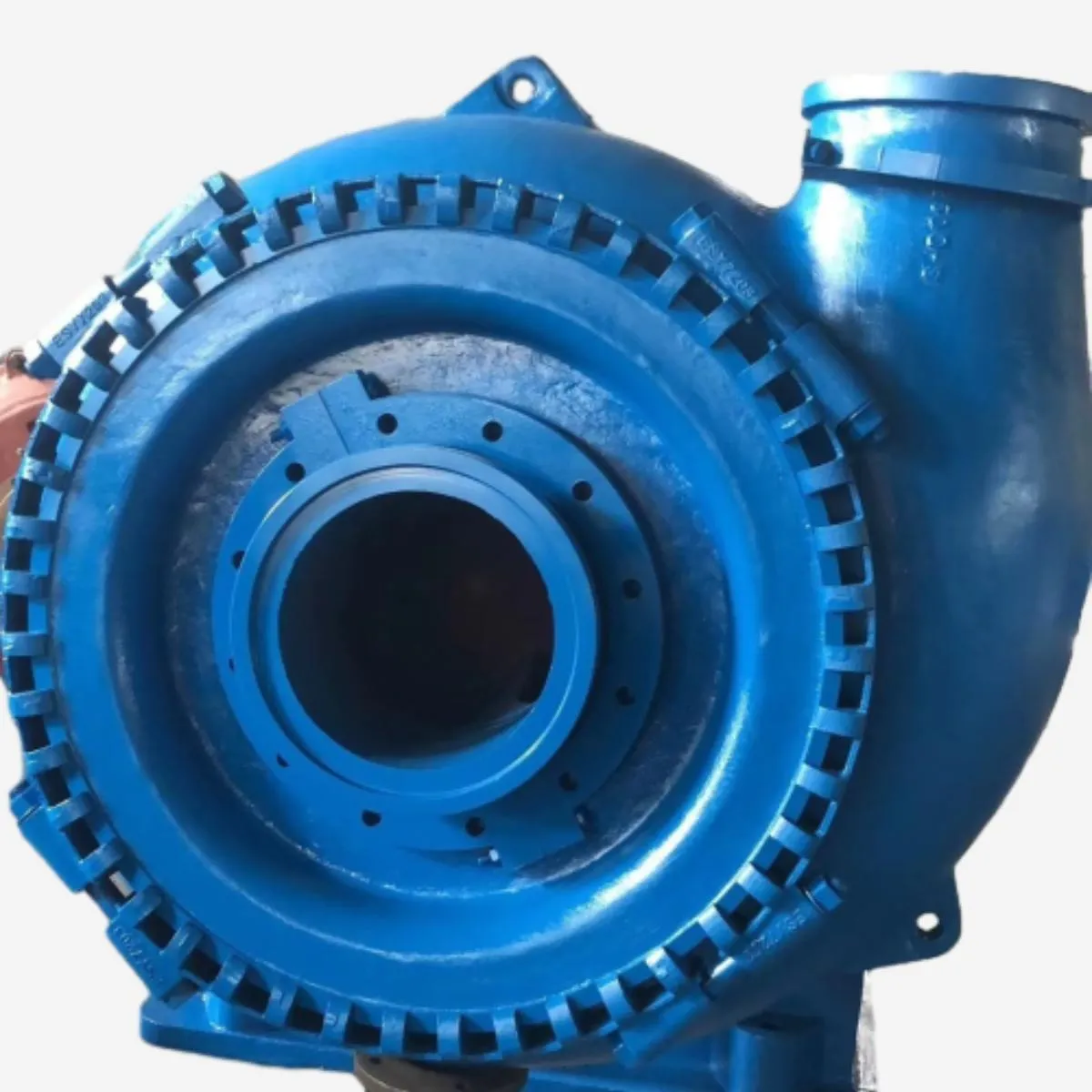Khmer
- Afrikaans
- Albanian
- Amharic
- Arabic
- Armenian
- Azerbaijani
- Basque
- Belarusian
- Bengali
- Bosnian
- Bulgarian
- Catalan
- Cebuano
- Corsican
- Croatian
- Czech
- Danish
- Dutch
- English
- Esperanto
- Estonian
- Finnish
- French
- Frisian
- Galician
- Georgian
- German
- Greek
- Gujarati
- Haitian Creole
- hausa
- hawaiian
- Hebrew
- Hindi
- Miao
- Hungarian
- Icelandic
- igbo
- Indonesian
- irish
- Italian
- Japanese
- Javanese
- Kannada
- kazakh
- Khmer
- Rwandese
- Korean
- Kurdish
- Kyrgyz
- Lao
- Latin
- Latvian
- Lithuanian
- Luxembourgish
- Macedonian
- Malgashi
- Malay
- Malayalam
- Maltese
- Maori
- Marathi
- Mongolian
- Myanmar
- Nepali
- Norwegian
- Norwegian
- Occitan
- Pashto
- Persian
- Polish
- Portuguese
- Punjabi
- Romanian
- Russian
- Samoan
- Scottish Gaelic
- Serbian
- Sesotho
- Shona
- Sindhi
- Sinhala
- Slovak
- Slovenian
- Somali
- Spanish
- Sundanese
- Swahili
- Swedish
- Tagalog
- Tajik
- Tamil
- Tatar
- Telugu
- Thai
- Turkish
- Turkmen
- Ukrainian
- Urdu
- Uighur
- Uzbek
- Vietnamese
- Welsh
- Bantu
- Yiddish
- Yoruba
- Zulu
Telephone: +86 13120555503
Email: frank@cypump.com
វិច្ឆិកា . 15, 2024 11:37 Back to list
vertical double suction pump
Understanding Vertical Double Suction Pumps
Vertical double suction pumps are specialized centrifugal pumps that have gained prominence in various industrial applications due to their efficiency and ability to handle large volumes of fluids. Unlike conventional single-suction pumps, double suction pumps are designed to draw fluid from both sides of the impeller, resulting in reduced hydraulic forces and enhanced stability in performance. This article explores the working principles, advantages, and common applications of vertical double suction pumps.
Working Principles
Vertical double suction pumps operate on the principle of centrifugal force. When the pump is activated, the impeller rotates, creating a centrifugal action that draws fluid into the pump casing. The distinctive feature of these pumps is the dual inlets located on either side of the impeller. This configuration allows for an equal distribution of hydraulic forces, minimizing axial thrust and enabling smooth operation. As the fluid enters through both sides, it converges at the center of the impeller, where it gains velocity before being discharged through the outlet.
One of the key design aspects of vertical double suction pumps is their vertical orientation. This not only saves space but also allows for efficient gravity drainage of the pump casing. Additionally, the vertical configuration provides a more straightforward installation in applications where space is limited, such as in high-rise buildings or confined industrial areas.
Advantages of Vertical Double Suction Pumps
1. Increased Efficiency The dual-suction design ensures that the pump operates with higher efficiency compared to single-suction pumps. The reduction in hydraulic imbalance leads to lower energy consumption and reduced wear and tear on components.
2. Low NPSH Requirements Net Positive Suction Head (NPSH) is critical in preventing cavitation, which can damage pumps. Vertical double suction pumps typically exhibit lower NPSH requirements, making them suitable for applications with varying suction conditions.
vertical double suction pump

3. Improved Reliability The balanced hydraulic forces reduce the likelihood of vibration-related issues, extending the service life of the pump and minimizing maintenance requirements.
4. Versatile Applications These pumps are highly adaptable and are used in various industries, including water supply, wastewater management, chemical processing, and HVAC systems. Their ability to handle high flow rates and different types of fluids makes them valuable in many settings.
Applications
Vertical double suction pumps are widely employed in municipal water supply and distribution systems, where they are essential for pumping large volumes of water efficiently. Additionally, they are utilized in irrigation systems, helping to transport water from sources to agricultural fields.
In the industrial sector, these pumps are commonly found in power plants, where they are responsible for circulating cooling water. Their robust design enables them to handle high temperatures and pressures, ensuring reliable operation in demanding environments.
In the oil and gas industry, vertical double suction pumps are instrumental in transporting crude oil and processed liquids. Their ability to manage thick fluids and maintain flow consistency makes them crucial for maintaining production levels.
Conclusion
Vertical double suction pumps represent a significant advancement in pump technology, providing solutions for a variety of challenging applications. Their efficient design, coupled with the ability to handle large flow rates and diverse fluid types, makes them invaluable in both municipal and industrial settings. As industries continue to seek improved efficiency and reduced operational costs, the role of vertical double suction pumps will undoubtedly grow, solidifying their place as a cornerstone of modern fluid transport. Understanding their functionality and advantages can help businesses make informed decisions for their fluid handling needs.
-
China Small Slurry Pump Manufacturer - High Efficiency Small Centrifugal Slurry Pumps for Mining & Industry
NewsJun.24,2025
-
Custom Drilling Mud and Slurry Pump Supplier - High Efficiency, Tailored Solutions
NewsJun.10,2025
-
Supply Vertical Submersible Sewage Pump High-Efficiency WQ/QW Pumps Supplier
NewsJun.10,2025
-
Premium Sewage Ejection System & Pumps Efficient Waste Removal
NewsJun.09,2025
-
Premium Wholesale Slurry Pump Impellers Durable & Efficient Slurry Handling
NewsJun.09,2025
-
Top Sewage Pump Companies Durable Industrial Solutions for Efficiency
NewsJun.09,2025










